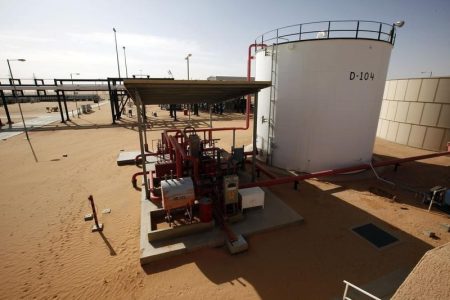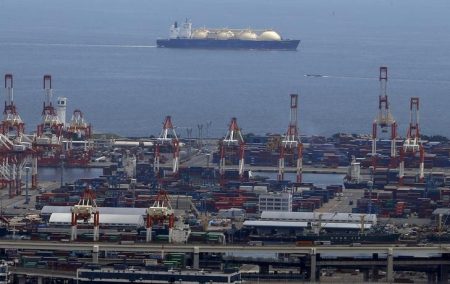Investing.com — Oil prices edged higher Tuesday, rebounding after a bruising session, on lingering supply risks, although gains were limited on concerns of slowing fuel demand in top crude importer China after weaker-than-anticipated factory activity data.
By 09:15 ET (13.15 GMT), the futures traded 0.7% higher at $82.88 a barrel, while the contract climbed 0.7% to $86.92 a barrel.
Crude risk premium falls
The crude market saw heavy losses at the start of the week, with the benchmarks plummeting nearly 3%, on the failure of the Israel-Hamas war to expand in the oil-rich region, resulting in traders pricing in a lower risk premium for the conflict.
The outbreak of the war had spurred some fears that it could draw in other Middle Eastern powers and disrupt oil supplies in the region – fears which are yet to be realized.
But traders remained wary of any new developments in the war, especially as Israel launched a massive ground offensive on Gaza.
Both benchmarks ended Friday up 3% after Israel stepped up a ground assault on Gaza, but the contracts still registered hefty losses over the course of the week.
Venezuela supply back at risk
However, this region isn’t the only area where there is uncertainty over crude supply. Also important for the market are developments in Venezuela.
Recently, the U.S. decided to ease sanctions against Venezuela in return for the promise of fairer elections in 2024. However, overnight, a senior court in the country suspended the results of an opposition presidential primary that took place this month, despite an electoral deal between the government and the opposition.
This “will likely call into question whether the sanctions relief provided to Venezuela will remain in place,” said analysts at ING, in a note, adding that “the expectation was that the lifting of these sanctions could see Venezuela increase its oil supply in the region of 200k b/d.”
Chinese PMIs point to weak economy
Gains have been limited Tuesday following the release of purchasing managers index data from China showed that unexpectedly shrank in October, while slowed substantially.
The reading indicated that despite a slew of stimulus measures from Beijing, business activity was struggling to recover and raised more questions over just how much more Chinese oil consumption will increase this year, given the steadily worsening economic conditions.
Upcoming Fed meeting to limit activity
Additionally, there is a degree of caution throughout the market ahead of the conclusion of a meeting on Wednesday. While the central bank is expected to keep interest rates unchanged, it is also expected to reiterate that rates will remain higher for longer.
Such a scenario is expected to weigh on economic growth in the coming months, and is expected to potentially stymie oil demand as monetary conditions tighten across the globe.
The is scheduled to release its estimate of last week’s U.S. crude stocks, with the industry body expected to report a build of 1.6 million barrels.
(Ambar Warrick contributed to this item.)
Read the full article here















